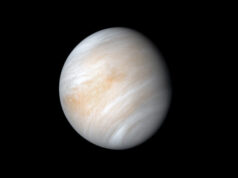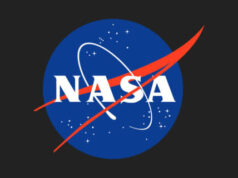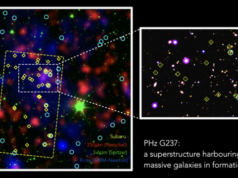For thousands of years, humans have recorded sightings of mysterious comets sweeping across the nighttime skies. These celestial wanderers, “snowballs” of dust and ice, are swift-moving visitors from the cold depths of space. Some of them periodically visit the inner solar system during their journeys around the sun.
Astronomers using NASA’s Hubble Space Telescope captured images of Comet 252P/LINEAR just after it swept by Earth on March 21. The visit was one of the closest encounters between a comet and our planet. The comet traveled within 3.3 million miles of Earth, or about 14 times the distance between our planet and the moon. The images reveal a narrow, well-defined jet of dust ejected by the comet’s icy, fragile nucleus. These observations also represent the closest celestial object Hubble has observed, other than the moon. The comet will return to the inner solar system again in 2021.
Source: Hubble Space Telescope











